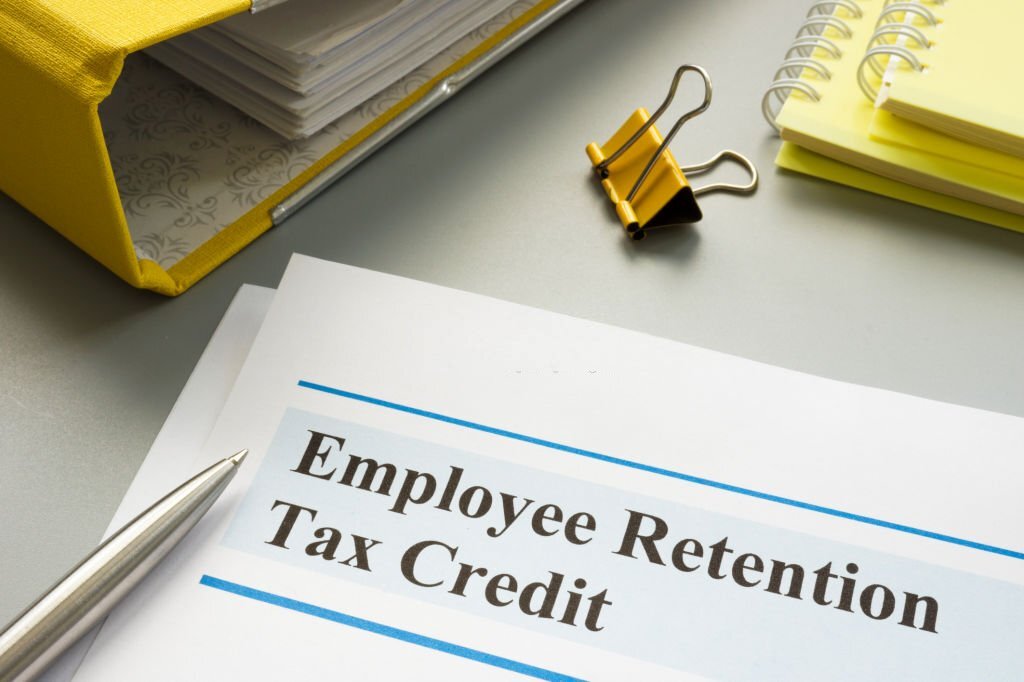Small Business
Business Owners’ ERC Payouts Could Take Up to 160 Days, IRS Says
Small business owners are seeing delays drag out for months for the employee retention credit tax claims they've submitted.
Jun. 13, 2023

By Melissa Angell, Inc. (TNS)
A backlog of claims for the employee retention credit (ERC) has piled up before the IRS, as business owners seek out the retroactive tax credit.
The credit, which was authorized by the $2.2 trillion coronavirus package known as the Cares Act, aimed to motivate employers to keep workers on staff during the early days of the pandemic as unemployment rates surged.
While it was billed as a lifeline for some companies, the reality is that businesses are waiting months for these credits because of the excessive backlogs pummeling the IRS. Take the case of Alicia Chapman, CEO of the Portland, Oregon-based metal manufacturer Willamette Technical Fabricators.
Chapman said during a Wednesday congressional hearing that her business is eligible for an ERC worth more than $125,000. But she’s yet to see that refund, even as eight months and counting have passed by.
“When we’ve been able to get through to someone at the IRS, which is rare, they have informed us that processing of ERC refunds is taking up to 160 days, unless there are any delays, in which case it could take much longer,” Chapman said during the Senate Entrepreneurship and Finance joint committee hearing. “Unfortunately, no one has been able to clarify what might constitute a delay, or offered any suggestions for steps we could take to help expedite the process.”
Creating an IRS hotline, or live chat, to help small businesses navigate their taxes fell among the recommendations that came out of Wednesday’s roundtable.
And it’s no secret that the IRS is backlogged; the agency has been underfunded for decades.
But part of what’s driving the ERC backlog in particular are adjusted or amended payroll tax returns, according to Michael Wronsky, a senior manager with Baker Tilly’s tax team.
“These returns are where the majority of credits have been claimed, and they must be paper filed,” Wronsky explains.
“The IRS was already facing limited resources even before the pandemic,” he says. “When you add to that the fact that several million tax returns were filed on paper and sent to service centers that were severely understaffed because of COVID, it’s easy to understand why the processing has been slow.”
In April, IRS Commissioner Danny Werfel agreed to speed up the handling of ERC claims after being questioned by Senator Mark Warner (D-VA). In mid-April, the IRS was processing 20,000 ERC claims per week, but Werfel committed to doubling that figure to 40,000 a week during the hearing.
Bad actors looking to exploit the ERC may also explain the lag. So-called ERC mills have sprouted up in recent months, or entities that look to greenlight every business that comes in with W-2 wages, and provide said business with a calculated credit. They do this even if a business may not qualify for the ERC to begin with because of a fee these so-called mills can pocket. Promotional efforts around claiming the ERC even fell onto the IRS’s “Dirty Dozen” list, which curates prominent tax scams.
Werfel cautioned businesses in late March, warning them that “there are very specific guidelines around these pandemic-era credits; they are not available to just anyone.”
And don’t forget the recently passed debt ceiling deal, also known as the Fiscal Responsibility Act of 2023. That law not only raises the debt ceiling, it also claws back billions from the IRS. While the law won’t impact the ERC directly, Wronsky says, it will affect enforcement, which will likely, in part, target the ERC credits. So fraud could continue to be an issue.
______
(c) 2023 Mansueto Ventures LLC; Distributed by Tribune Content Agency LLC.
